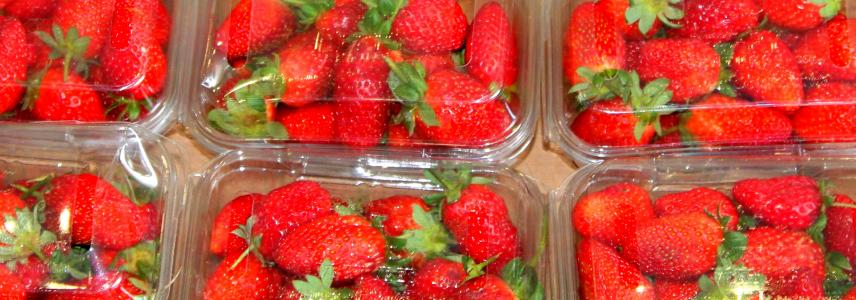The plastic revolution in the fresh fruit and vegetables sector

Currently, 59% of the plastic waste created in Europe comes from packaging. In the fresh fruit and vegetables sector, using recyclable plastic where possible and less plastic in general is the new standard. In the long term, you can expect plastic use to be reduced to a minimum. It may even be replaced completely by alternative and biodegradable materials.
Today’s fruit and vegetable sector uses a lot of plastic to meet the demand for convenient fresh products with a long shelf life. But the whole idea of fresh fruit and vegetables as natural and healthy products does not go well with unsustainable packaging. This is especially the case when packaging is used to distinguish organic products from conventional ones.
Reducing plastic packaging
Both public and private sectors want to reduce plastic packaging and its impact on the environment. In June 2019, the European Union adopted a new directive: DIRECTIVE (EU) 2019/904 on the reduction of the impact of certain plastic products on the environment (5 June 2019). This new directive aims to ban single-use plastics. It also increases the responsibility of producers of packaged products and improves the information given to consumers.
There are also national initiatives such as the Plastic Pact in the United Kingdom and Plastic Pact NL in the Netherlands. These strive to make all plastic recyclable by 2025. And all over Europe, several supermarkets have pledged to take measures to reduce plastic bags and packages.
For consumers, reducing plastic use seems to be the obvious way to go. The Fruit Logistica Trend Report 2019 shows that 87% of consumers in Europe are concerned about the environmental impact plastics in everyday products have. 50% are willing to pay more for products that use biodegradable packaging.
What does this mean in practice?
What does this mean for fresh fruit and vegetables in practice? The actions in the sector present various improvements and solutions. Packers of soft fruit and freshly-cut fruit are switching to a top-seal packaging instead of a clamshell with a lid to reduce plastic. Conventional plastic is being replaced by recycled plastic or coated cardboard. In the future, you can expect to see many more biodegradable materials that are 100% plastic-free. Pioneering fruit companies have already taken a step towards fully compostable packaging or laser labelling.
It is important to find sustainable, future-proof packaging for fruits and vegetables for European retailers. This is also the case for importers of organic products. Read our study for more information on the current trends in the fresh fruit and vegetables sector.
This news article was written for CBI by ICI Business.
Stay informed
To stay informed on the latest developments in the fresh fruit and vegetables sector, make sure to subscribe to our newsletter.